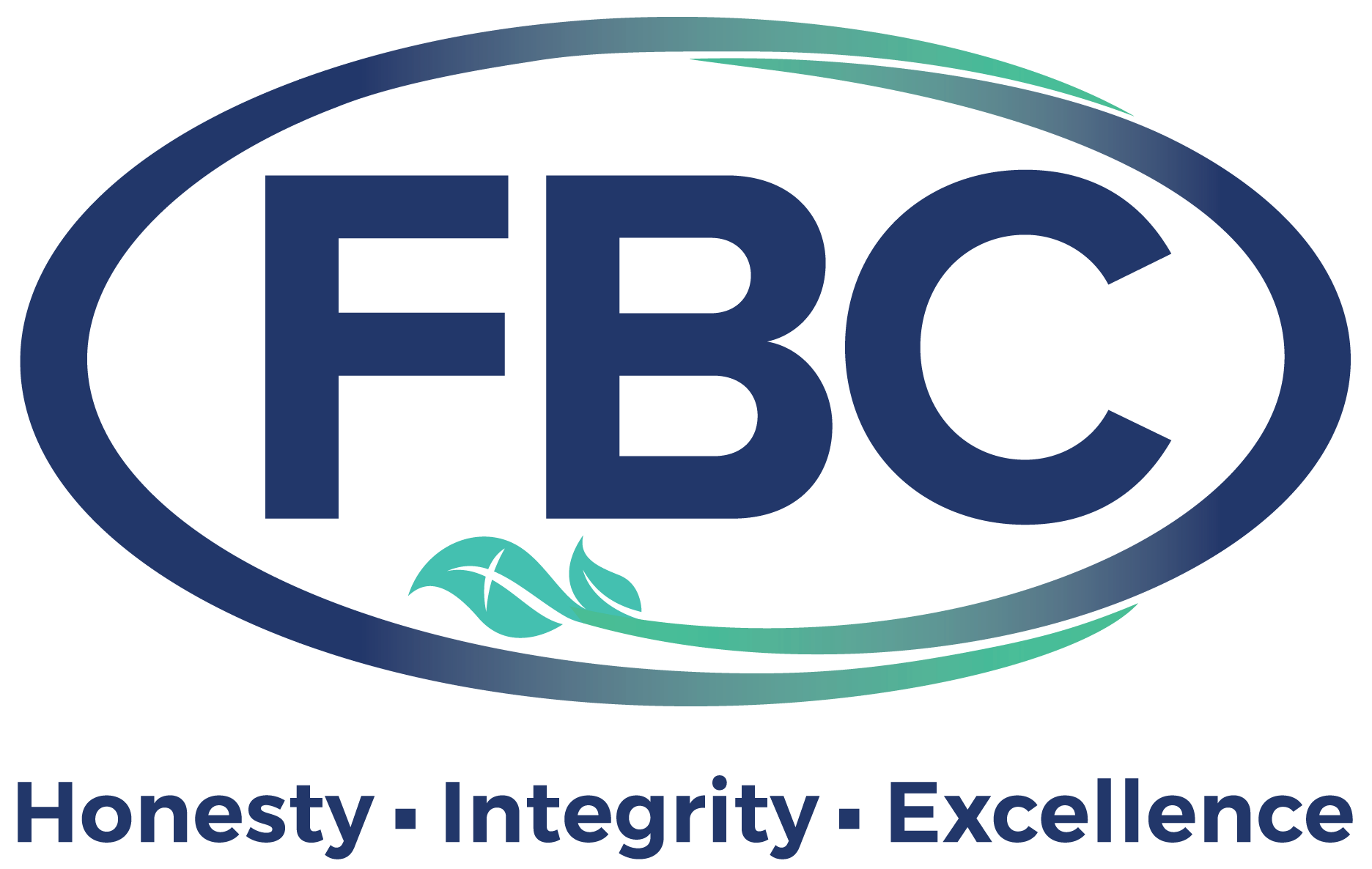Health Insurance Literacy isn’t just about knowing what a deductible is. It’s about understanding how health insurance works in real life. When employees don’t get it, they make poor choices. This costs them money, time, and sometimes even their health. When that confusion spreads across your workforce, it leads to bigger problems for HR and the entire organization.
Would you like to cut healthcare costs, reduce HR headaches, and actually improve employee satisfaction? What if you could do that by helping people better understand their benefits? That’s the power of improving health insurance literacy.
At FBC, we’ve seen what happens when companies invest in educating employees about their health plans. We know what happens when they don’t. The difference is staggering.
What Health Insurance Literacy Means
More Than Just Knowing the Terms
Most employees have heard words like copay, premium, or out-of-pocket maximum. Unfortunately, many don’t fully understand what they mean. They are unaware of how they impact real-world decisions.
Take this example: A new employee chooses the cheapest monthly premium plan. He doesn’t realize it has a $7,000 deductible. He doesn’t know what a deductible is and ends up with a huge medical bill after surgery. He would be frustrated and scared. He might even blame his employer! It is a familiar tale.
The Domino Effect of Confusion
When just one employee is confused, it’s a personal problem. When dozens or hundreds are, it becomes a company-wide issue. This can result in the following:
- Employees avoid or delay care
- They choose plans that don’t match their needs
- They misuse urgent care or ER services
- HR spends weeks answering the same questions
This confusion leads to higher claims and reduced productivity. The result is unhappy employees who don’t trust their benefits or those who manage them.
Why This Hurts Employers Too
Hidden Costs Add Up Fast
Employees who don’t understand their plans make decisions that drive up healthcare costs. For example, they might:
- Use the emergency room for non-emergencies
- Skip preventive care (which is usually covered for free)
- Fail to take advantage of HSAs or wellness benefits
This leads to more claims, higher premiums, and, ultimately, a more expensive benefits package year after year.
HR Burnout and Communication Breakdowns
Let’s be honest—open enrollment can feel like Groundhog Day. We’ve seen HR teams answer the same five questions over and over for two straight months. It’s exhausting, inefficient, and pulls your team away from strategic work.
Poor health insurance literacy turns your HR department into a customer service desk. Nobody wins in that scenario.
Employee Expectations Are Changing
Today’s workforce expects benefits to be as easy to understand as ordering something on Amazon. They want:
- Clear, personalized recommendations
- Mobile-friendly tools
- Quick answers, 24/7
Younger employees, especially, aren’t going to read a 45-page PDF. They expect instant access to info and help making decisions. If you’re not delivering that experience, you risk falling behind. You might lose talent to companies that do.
Using Automation to Improve Health Insurance Literacy
Smart Tools Make Smarter Employees
The good news is that you don’t have to handle this all manually. There are excellent automated tools that explain benefits in simple terms. They guide employees through plan selection and even answer common questions on demand.
Think of them as “digital benefits coaches.” Tools like these:
- Compare plans based on usage
- Offer plain-language definitions
- Help employees estimate costs
- Integrate with your existing HRIS or enrollment platform
Clients rolling out an AI-powered benefits decision tool enjoy improved employee satisfaction. The open enrollment process goes more smoothly, saving HR hours of manual Q&A. That’s the kind of result we love to see.
Health Insurance Literacy: On-Demand Learning for Every Employee
Automation doesn’t mean replacing the human touch. It just means giving people the help they need when they need it. Learning can be made easier and more engaging with:
- Chatbots
- Short videos
- Interactive guides
- Mobile-accessible FAQs
Instead of waiting for HR to respond to an email, employees can get answers right away. That reduces stress (for everyone) and leads to better benefit usage across the board.
Health Insurance Literacy: What HR Leaders Can Do Today
Improving health insurance literacy doesn’t have to be a massive overhaul. Here are a few practical steps to get started:
- Survey your employees.
- Find out what they don’t understand and where they’re getting stuck.
- Identify pain points. Are people struggling with plan selection? HSAs? Network restrictions? Focus your efforts there.
- Use automation to scale. Invest in tools that personalize the experience and reduce HR workload.
- Make benefits education ongoing. Don’t wait until open enrollment—share bite-sized content throughout the year.
- Partner with experienced consultants. At FBC, we help companies choose the right tech to support their people.
Key Points
- Health Insurance Literacy greatly impacts employee satisfaction, benefit usage, and organizational cost control.
- Employees who don’t understand their plans make costly mistakes that affect their health and your bottom line.
- HR teams end up overwhelmed, fielding repetitive questions and managing avoidable issues.
- Today’s employees expect personalized, digital-first experiences that simplify decision-making.
- Automated tools and communication platforms can dramatically improve literacy while saving HR time.
- HR leaders who take action now will build a more informed, confident, and loyal workforce.
If your HR team is feeling the pressure of another confusing open enrollment season, you’re not alone. But you can turn things around. The right strategies—and the right technology—can help you meet employees where they are and guide them toward smarter choices.
Need help finding the right tools or improving your benefits communication? Let’s talk. At FBC, we help HR leaders deliver benefits employees actually understand and use.

